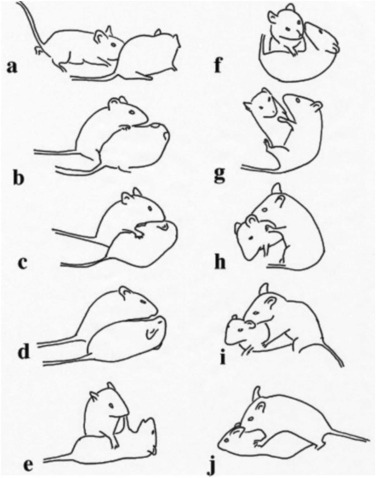
Our senses serve as the means through which our brains comprehend the environment around us. It is often taught that humans possess five senses — vision, hearing, smell, taste, and touch. We also learn that various animals possess similar senses, albeit in different capacities. For instance, while humans can perceive red, green, and blue wavelengths, numerous bird species can detect these colors along with ultraviolet light; conversely, dogs can only see yellow and blue hues. In terms of hearing, humans are capable of perceiving frequencies up to approximately 23,000 Hz, while dogs can detect sounds reaching up to 45,000 Hz. Nevertheless, these five senses are not the entirety of our sensory perception. The total number is subjective, as it depends on what one categorizes as a single sense; many scientists propose that humans actually have a minimum of nine senses, with some suggesting there might be several dozen! Additionally, various other animals possess extra senses beyond these. Below are a few examples of these senses.
Body Awareness
Proprioception refers to your awareness of your body and its position, while kinesthesia pertains to your ability to sense its movements. These dual senses are crucial for maintaining balance and applying the correct force when executing daily activities. The capability to walk with closed eyes stems from proprioception and kinesthesia, which operate independently of sight. Instead, they depend on sensory organs within your muscles known as spindles. Each spindle encircles muscle fibers. When a muscle experiences stretching, these spindles convey data regarding the length and velocity of the stretch to your spinal cord and brain, which then utilize this information to ascertain your body’s placement.
Discomfort
The experience of physical discomfort is referred to as nociception. When your tissues are harmed due to an injury, pain receptors known as nociceptors get triggered and transmit an electrical signal through nerves to your spinal cord. The nerves that relay pain signals differ from those used for proprioception and touch information. Upon receiving these signals, your spinal cord may generate a reflex action, such as withdrawing from the source of discomfort. Simultaneously, the spinal cord forwards signals to the brain, which interprets the signals, enabling the sensation of pain. This reaction assists in avoiding the pain source in the future.
Heat Sensation
Humans possess various types of thermoreceptors capable of sensing heat, cold, or both. Temperature information is conveyed via the same nerve fibers that transmit pain signals, which explains why extreme temperatures can also trigger pain sensations.
Equilibrium
The sense of equilibrium is dependent upon the vestibular system, situated within the inner ear. This system consists of three semicircular canals filled with fluid and containing hairs that detect the fluid’s movement. Each canal is dedicated to sensing balance in a unique direction.
Sound Navigation
Humans experience depth perception thanks to having two eyes, allowing us to view our surroundings from varying angles and providing the brain with sufficient information to gauge distance. However, many creatures, including nocturnal and burrowing species, cannot depend on sight to navigate around barriers. These animals, like certain bats, toothed whales (such as dolphins), and small mammals utilize echolocation to estimate distance. An animal engages echolocation by emitting a sequence of clicking sounds and interpreting the echoes of these sound waves off nearby objects. Given that sound travels at a specific speed, animals can determine their proximity to an obstacle based on the duration taken for the sound to echo back. Bats utilize echolocation to hunt for food and evade barriers, generating extremely high-pitched sounds often beyond the range of human hearing, and quickening their clicks as they approach prey for greater accuracy. Toothed whales, like dolphins, also rely on echolocation for similar objectives. These marine mammals possess a melon, a fatty structure located at the top of their heads, that enhances the clarity of reflected sound waves. Intriguingly, humans have the ability to learn